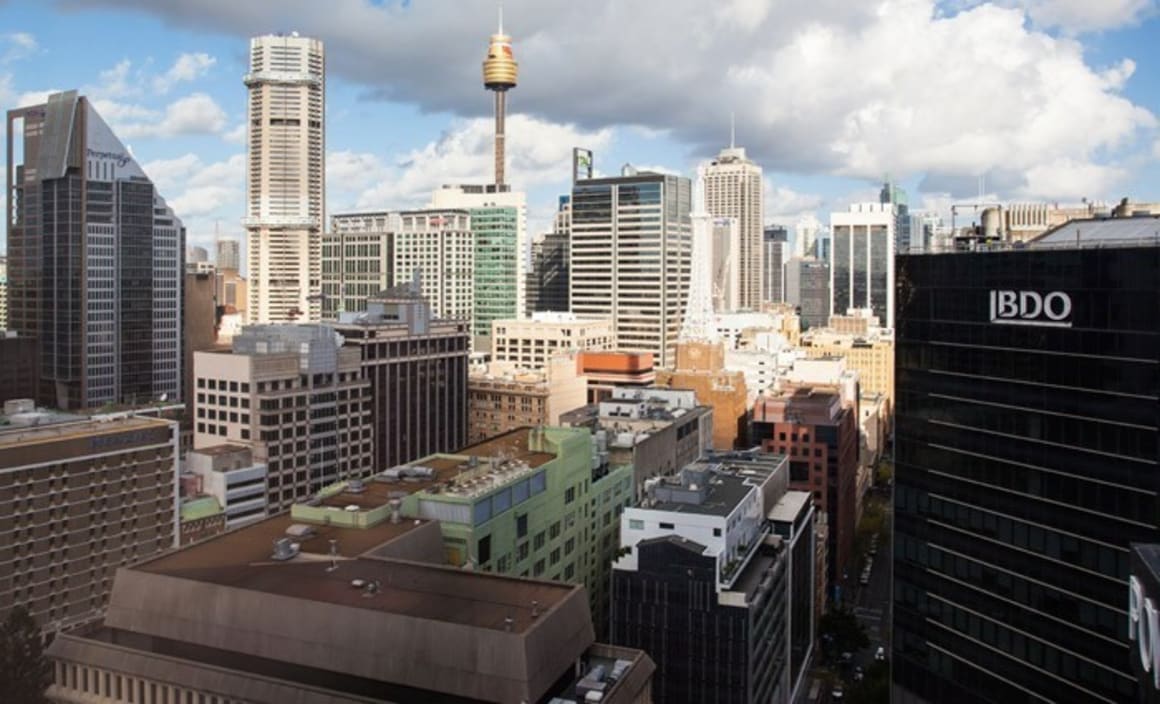Uplift in major city apartment markets coming: Hotspotting's Terry Ryder

EXPERT OBSERVER
I’m expecting uplift in apartment markets in the major cities as we transition into the New Year. It’s clear from the evidence that’s emerging week by week that the post-boom correction that afflicted Melbourne and Sydney has run its course and recovery is real.
But, contrary to the general tone of mainstream media, there was no blanket collapse in price levels across the two biggest cities during that recent downturn. Some market sectors were strongly resistant.
Generalised reporting, with a single figure to describe outcomes in an entire very large city, disguises the myriad scenarios playing out across a metropolitan area. At Hotspotting, we conduct a suburb-by-suburb analysis of sales activity and price trends every quarter and that shows how many variances there are. Even neighbouring suburbs can have contrasting fortunes. It’s fundamentally about local conditions.
A trend I saw during that correction phase was numerous suburbs in both Melbourne and Sydney where median house prices were down (a lot, in many cases) but median unit prices were still up.
As investors fell away, younger home buyers became increasingly active and there’s a preference among young adults for the apartment lifestyle, and not only because units are cheaper. Young adults are making choices that are different to those of their parents and grandparents, who generally opted for the suburban house on land.
Apartments offer a low-maintenance low-energy lifestyle, often in a better-connected location at a cheaper price. So demand for apartments held up pretty well in the big-city downturn and prices stayed solid in many locations (not all).
And now we have the brave new world of recovering or rising markets in our capital cities. We’re entering 2020 with real estate consumer confidence rising and buyers becoming increasingly active, helped by easier finance and tax cuts, and nudged along by a more positive tone in media coverage.
First-home buyers are busy and, according to the ABS date, more prominent (measured by their share of owner-occupier loans) than at any time in the past 7-8 years.
The Federal Government’s assistance package will add impetus – and urgency, because it’s limited to the first 10,000 who take action.
So demand in big-city apartment markets is likely to strengthen.
Here are some case studies.
The Moreland LGA in Melbourne attracts a lot of demand from both renters and buyers, thanks in part to the proximity of the big medical/education precinct around Parkville/Carlton. Most postcodes have vacancies well below 2%.
In the popular suburb of Brunswick, you pay close to $1 million for the typical house but the median price for units is a little above $500,000. In Coburg, the median prices are around $900,000 for houses and $500,000 for units. So you can get into the typical apartment for half the price of houses, generally speaking.
In the past 12 months, the median house prices in both suburbs have dropped significantly, but median unit prices have increased – by 4% in Coburg and 6% in Brunswick.
In the Northern Beaches area of Sydney, Dee Why attracts consistent demand for apartments, with over 500 unit sales in the past 12 months. The median prices are $1,530,000 for houses and $740,000 for apartments – and price levels have stayed solid for apartments while houses are down 9% in annual terms.
In the Northern Beaches suburb of Newport, the median price comparison is $1,700,000 for houses and $860,000 for apartments, with house prices down 8% in annual terms, while apartment prices are up 4%.
Another factor boosting apartment markets is the fall off in construction levels, which means supply levels have moderated at a time when demand generally is rising. Vacancy rates are low and falling in most of our capital cities, although there are exceptions and buyers need to be informed about local situations.
In Kangaroo Point in inner-city Brisbane, you pay around $460,000 for the typical apartment and vacancies, which were consistently above 5% in recent years, are now down around 3%.
A year ago, the vacancy rate for South Brisbane was around 8%. Now it’s around 4% and trending in the right direction. The median apartment price is around $500,000, up slightly in the past 12 months.
I’m not advocating that people dash out and buy apartments – and we could have large debates about the pros and cons of investing in apartments, But I do think we’re going to see rising demand in unit markets in the major cities in 2020, especially by owner-occupier buyers, with first-timers prominent.
Terry Ryder is the founder of hotspotting.com.au
twitter.com/hotspotting